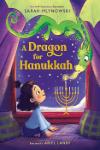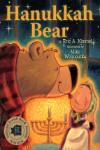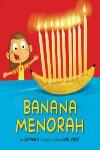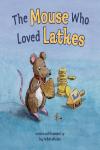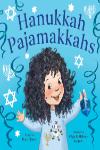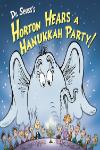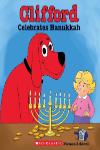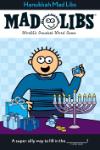There was once a home…: Memories of the Lithuanian shtetls
Published in the Afrikaner Idishe Tsaytung-African Jewish Newspaper, 1952-54.
Translated by Veronica Belling
This collection of stories and anecdotes of life in early 20th century Lithuanian shtetls, sourced from the Johannesburg Yiddish newspaper, Afrikaner Idishe Tsaytung and brought to light for an English speaking audience, is a poignant reminder for today’s South African Jewry of their Lithuanian ancestors. It is also a monument to the sacred memory of those who perished at the claws of the Nazi animal and so is a form of Yizkor Buch.
Most of the articles are authored by Mr. A. Sarid but there are also articles by a variety of others. The articles were presented as two series between 1952 and 1954.
Religious and secular life in the shtetl is revealed and described via articles long and short. There are also a number of photographs where many may recognise names or even faces of once Lithuanian families that have now become South African.
The 25 shtetls discussed include Shidlova, Rakishok, Oran, Poshelat, Ponevezh, Kupishok and Birzh, amongst others.
In an article on Shidlova there is a depiction of a wedding that is inspiring and heart-warming, what a wonderful experience it must have been! Some old-worldly ways seem to have been lost in our modern times yet some things remain the same.
Rakishok is given an enchanting description and was reputedly the only 100% Chasidic shtetl of the predominantly Mitnagdic Lithuania. This is one for the Chabadniks and Rakishokers to enjoy.
A tale I would highlight is the moral of, “Mote, the Grobe head”, found in the entry for the shtetl of Oran.
A particularly exciting find for me was the extraordinary description of an individual, Reb Motel Pogrimanskis z”l, who was a legend at the Yeshivah I attended. A Rabbi & Gaon of whom stories heard in Yeshivah are here corroborated besides those that have been passed down from Telz to Cleveland to Johannesburg. This is one for the Yeshivaniks and Telzers to enjoy.
This is truly a praiseworthy achievement of Dr Veronica Belling and her supporters to have ably brought these articles to light.

